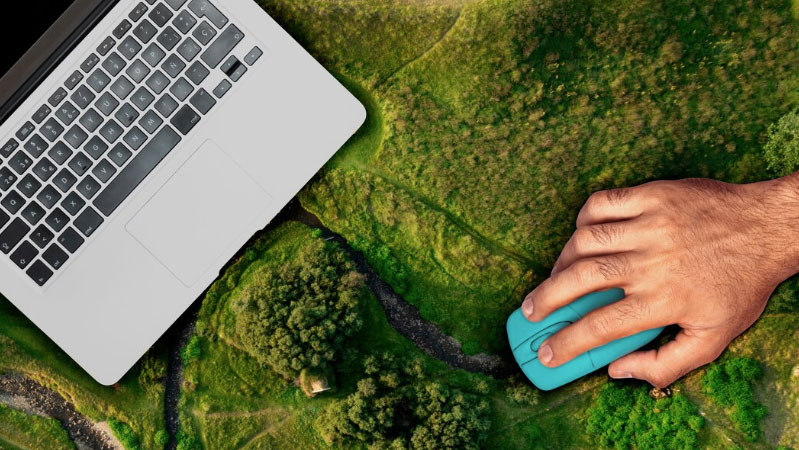The tech startup ecosystem is a dynamic frontier of innovation, consistently redefining industries and how we live our lives. In the rapidly evolving digital landscape, startups play a critical role in driving technological advancements, yet they also face unprecedented challenges. From disruptive trends to emerging hurdles, understanding the future of tech startups offers a glimpse into how the world will innovate and adapt in the coming years.
Emerging Trends Shaping the Future
- AI and Machine Learning at the Core Artificial intelligence (AI) and machine learning (ML) are no longer niche technologies. Startups leveraging AI are revolutionizing sectors such as healthcare, finance, and logistics. Personalized medicine, predictive analytics, and AI-driven customer support are becoming standard expectations. Startups that can innovate in AI ethics, transparency, and energy efficiency are poised to lead the next wave of adoption.
- Green Tech and Sustainability As the global focus on sustainability intensifies, green tech startups are gaining traction. Innovations in renewable energy, carbon capture, and sustainable materials are not just ethical imperatives but lucrative opportunities. Governments and venture capitalists are increasingly prioritizing eco-friendly initiatives, offering a fertile ground for startups committed to tackling climate change.
- Remote Work and Collaboration Tools The remote work revolution, accelerated by the pandemic, has created demand for advanced collaboration tools, virtual workspaces, and productivity solutions. Startups in this space are designing technologies that cater to a distributed workforce, focusing on enhancing security, communication, and efficiency in virtual environments.
- Blockchain Beyond Cryptocurrency While cryptocurrency remains a dominant application of blockchain, startups are exploring its potential in areas such as supply chain transparency, digital identity, and decentralized finance (DeFi). These applications promise to disrupt traditional industries by introducing efficiency and accountability in previously opaque processes.
- Health Tech and Biotech Innovations The pandemic spotlighted the critical role of health tech and biotech startups. From telemedicine to wearable health devices, startups are developing solutions that make healthcare more accessible and personalized. Breakthroughs in genomics, diagnostics, and medical AI are expected to transform healthcare delivery in the next decade.
Key Challenges for Tech Startups
- Fierce Competition and Market Saturation The tech landscape is teeming with competitors, making differentiation a significant challenge. Startups must not only innovate but also find unique value propositions that resonate with consumers and businesses.
- Funding Constraints While venture capital remains abundant, investors are increasingly cautious, focusing on startups with clear paths to profitability. Securing funding is no longer just about having a great idea; it requires robust business models, market validation, and scalability potential.
- Regulatory Hurdles As technologies like AI, blockchain, and data analytics evolve, governments are introducing stringent regulations to ensure privacy, security, and ethical usage. Navigating these regulations, especially for cross-border operations, can be complex and resource-intensive.
- Talent Acquisition and Retention Attracting top talent is a perennial challenge for startups, particularly in a competitive job market. Remote work has widened the talent pool but has also increased competition globally. Retaining skilled employees requires offering more than just monetary incentives—it demands a strong mission, culture, and growth opportunities.
- Technological Obsolescence Rapid advancements in technology mean that startups must innovate continuously to stay relevant. What is cutting-edge today might become obsolete tomorrow, requiring constant investment in research and development.
Strategies for Navigating the Future
- Adopting Agile Methodologies Startups that prioritize agility can adapt quickly to changing market conditions and technological shifts. Embracing iterative processes, customer feedback loops, and rapid prototyping can help startups stay ahead of the curve.
- Leveraging Strategic Partnerships Collaborations with established companies, academic institutions, and other startups can provide resources, expertise, and market access that might otherwise be out of reach. These partnerships can also help navigate regulatory landscapes and share the risk of innovation.
- Focusing on Niche Markets Instead of trying to compete in saturated spaces, startups can succeed by targeting underserved or niche markets. By addressing specific pain points with tailored solutions, startups can build loyal customer bases and establish themselves as leaders in their domains.
- Prioritizing Customer-Centric Design Successful startups place the customer at the center of their innovation. Understanding user needs, preferences, and pain points allows startups to create solutions that not only attract but also retain customers.
- Building Resilience The unpredictability of the global economy underscores the importance of resilience. Diversifying revenue streams, maintaining lean operations, and having contingency plans can help startups weather economic downturns or unexpected disruptions.
The Role of Ecosystems and Innovation Hubs
Innovation hubs like Silicon Valley, Shenzhen, and Bangalore continue to play a vital role in nurturing startups. However, emerging hubs in Africa, Southeast Asia, and Latin America are reshaping the global startup ecosystem. These regions offer unique opportunities, including untapped markets, lower operational costs, and diverse talent pools. Startups that expand their horizons beyond traditional hubs can unlock new growth potential.
Conclusion
The future of tech startups is both exciting and challenging. As they navigate a rapidly changing landscape, their ability to innovate, adapt, and collaborate will determine their success. While emerging technologies offer unprecedented opportunities, startups must also contend with intense competition, regulatory complexities, and evolving consumer expectations.
By staying agile, customer-focused, and resilient, tech startups can continue to be the engines of innovation that drive global progress. For entrepreneurs, the journey might be demanding, but the rewards—both financial and transformative—make it a path worth pursuing.














